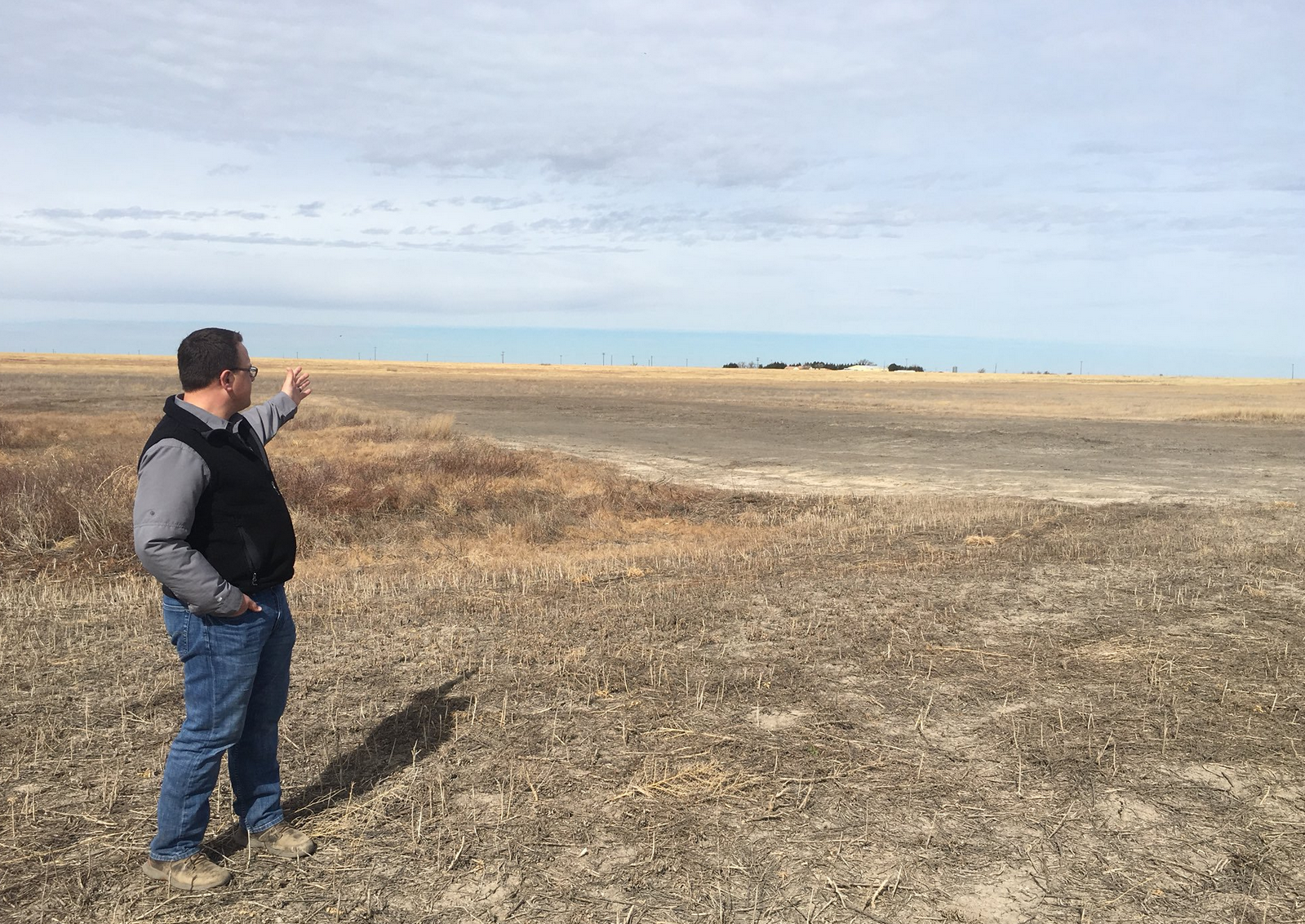Water Shortage and Drought Perceived by Stakeholders to Pose Threats to Playa Wetlands in a Changing Climate

Playas are shallow, rain-fed wetlands that provide crucial ecosystem services, such as wildlife habitat, flood control, and aquifer recharge, throughout the Rainwater Basin in Central Nebraska and the High Plains in Southwest Nebraska. In addition to threats such as sedimentation and invasive species, playas may also be vulnerable to changes in precipitation and temperature associated with climate change. Playas are predominantly surrounded by agricultural production and grassland ecosystems, thus, management decisions by local farmers and ranchers can impact how playas function under current and future environmental conditions.
In partnership with the School of Natural Resources at the University of Missouri and the Missouri Transect EPSCoR Project, researchers conducted a survey to gather information on how communities in the Great Plains currently view climate change and perceive the challenges and solutions for solving problems caused by climate change, specifically as they relate to playa wetlands and agricultural ecosystems in the region.

Responses were collected at public outreach events, such as the 2018 Rainwater Basin Joint Venture Information Seminar, and by soliciting them electronically. Between November 2017 and May 2018, 46 detailed responses were received. Respondents were from Nebraska, Colorado, Kansas, Texas, and New Mexico. The majority of respondents were over age 60 (45%), male (60%), and held a Bachelor’s degree or had attained a higher level of education (96%). Respondents identified themselves as hunters, land-owners, managers, consultants, and researchers. Cultivation/sedimentation, longer dry periods, and nutrient/chemical inputs were identified as the greatest threats to playas in the Great Plains, and respondents were generally unconcerned by threats associated with increasing floods or more frequent extreme rainfall.
Respondents were also asked to share their perceptions of weather and climate in the Great Plains. Seventy-two percent of respondents agreed that temperature has increased in the past 30 years, while only 13% of respondents agreed that rainfall had increased in the past 30 years.* Nearly 70% of respondents agreed that climate change is occurring, that it is caused by natural and anthropogenic causes, and that there is enough evidence to say that climate change is occurring. The survey responses also indicated that people who think that climate change is occurring are also likely to consider drought and water shortages as potential threats to Great Plains agriculture and playa wetlands. These survey responses may help to identify communication strategies to reduce playa ecosystem vulnerability to projected climate change.
Questions? Feel free to email Principal Investigator, Rachel Owen, PhD, at rachelkowen@mail.missouri.edu. Rachel received her doctoral degree from the University of Missouri in 2019. She studied the impact of changing climate conditions on playa wetland ecosystems. Rachel received the 2017-2018 Science-to-Action Fellowship from the U.S. Geological Survey National Climate Adaptation Science Center, which supported her travel to field days and workshops throughout the Great Plains. If you’re interested in learning more about the overall project, please visit www.rachelkowen.com/playa-wetlands or follow Rachel on Twitter (@RachelKSoils).
*Editor’s note: For predicted future changes in temperature, precipitation, and drought in the Great Plains, see the National Climate Assessment – Great Plains Region.

















